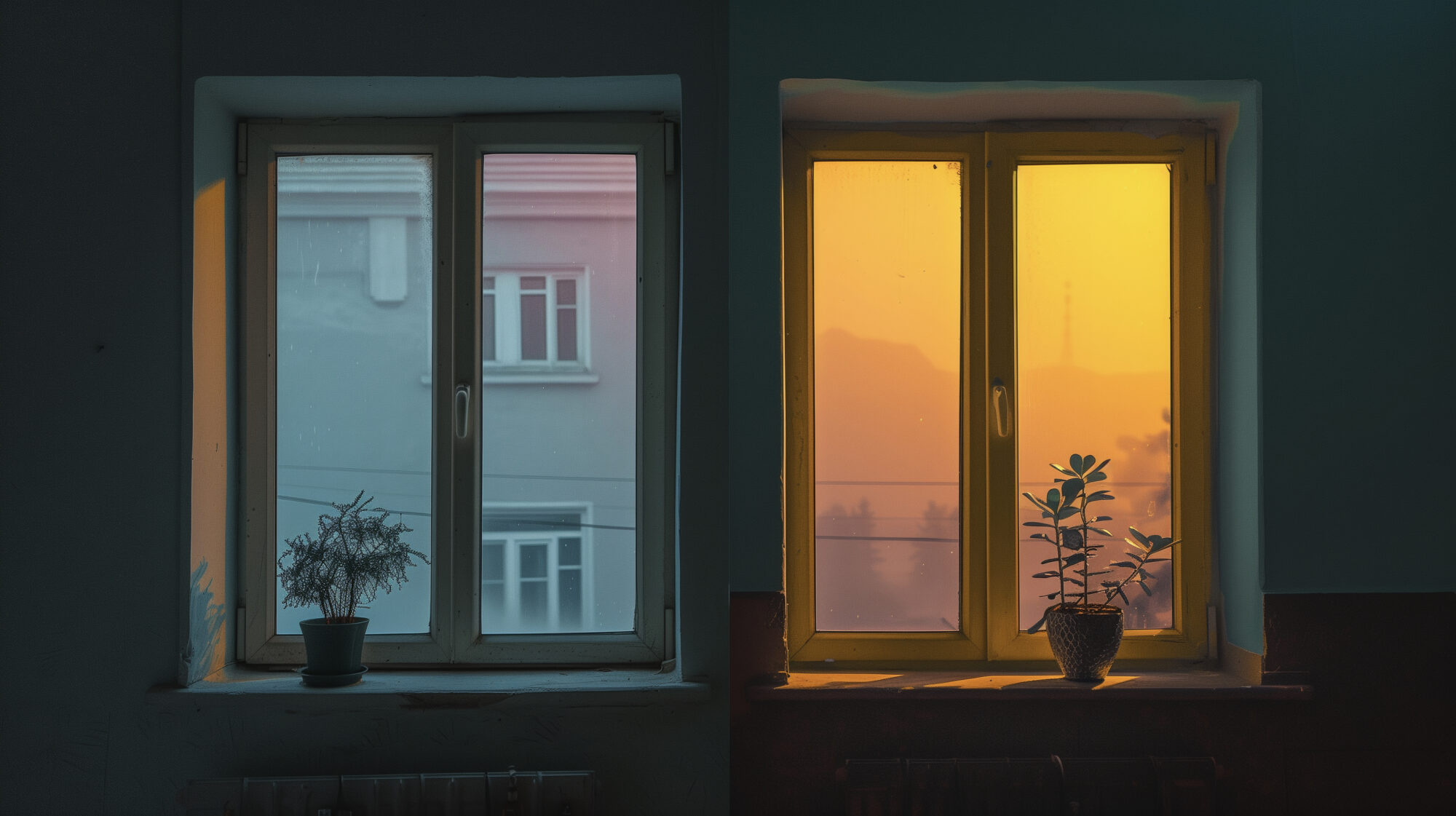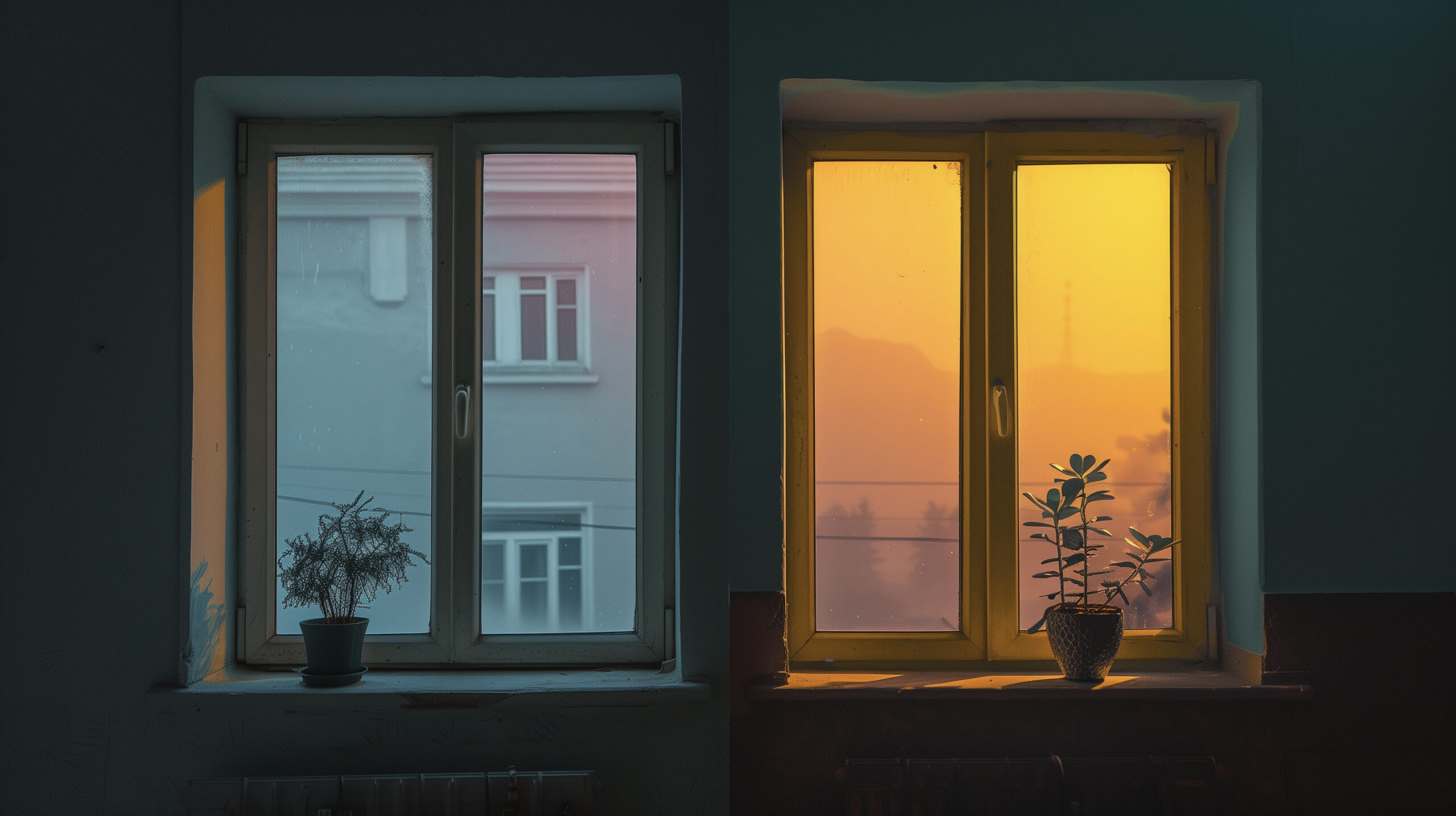
We increasingly hear about the circadian rhythm, but what is it? First of all, the term comes from the Latin “circa” (around) and “dies” (day); these are 24-hour cycles that regulate physiological and behavioral processes of organisms in response to environmental changes of light and darkness. In practice, in our brain (to be precise, inside the hypothalamus) there is an element called the suprachiasmatic nucleus (SCN) that acts literally as the main clock, synchronizing bodily functions based on the light perceived by retinal cells. Blue light (between 460-480 nanometers) is particularly effective in signaling to the SCN that it is daytime.
The entire body, especially peripheral tissues like the liver, kidneys, and pancreas, follow and are influenced by circadian rhythms, linking them to the timing of food intake. Circadian desynchronization, caused by factors like shift work or nighttime exposure to artificial light, is associated with risks to metabolic health, including cardiometabolic diseases. Exposure to natural light during the day and reduction of nighttime artificial light can improve metabolic regulation and reduce the risk of obesity and type 2 diabetes. Understanding and respecting circadian rhythms are crucial for maintaining good health.
The complete HomeKit integration of WiOO allows for the adjustment of LED halo lights and buttons to the changes in sunrise and sunset, adding appropriate tones to the environment, benefiting well-being both at work and at home. Discover the advantages of a truly smart home!
